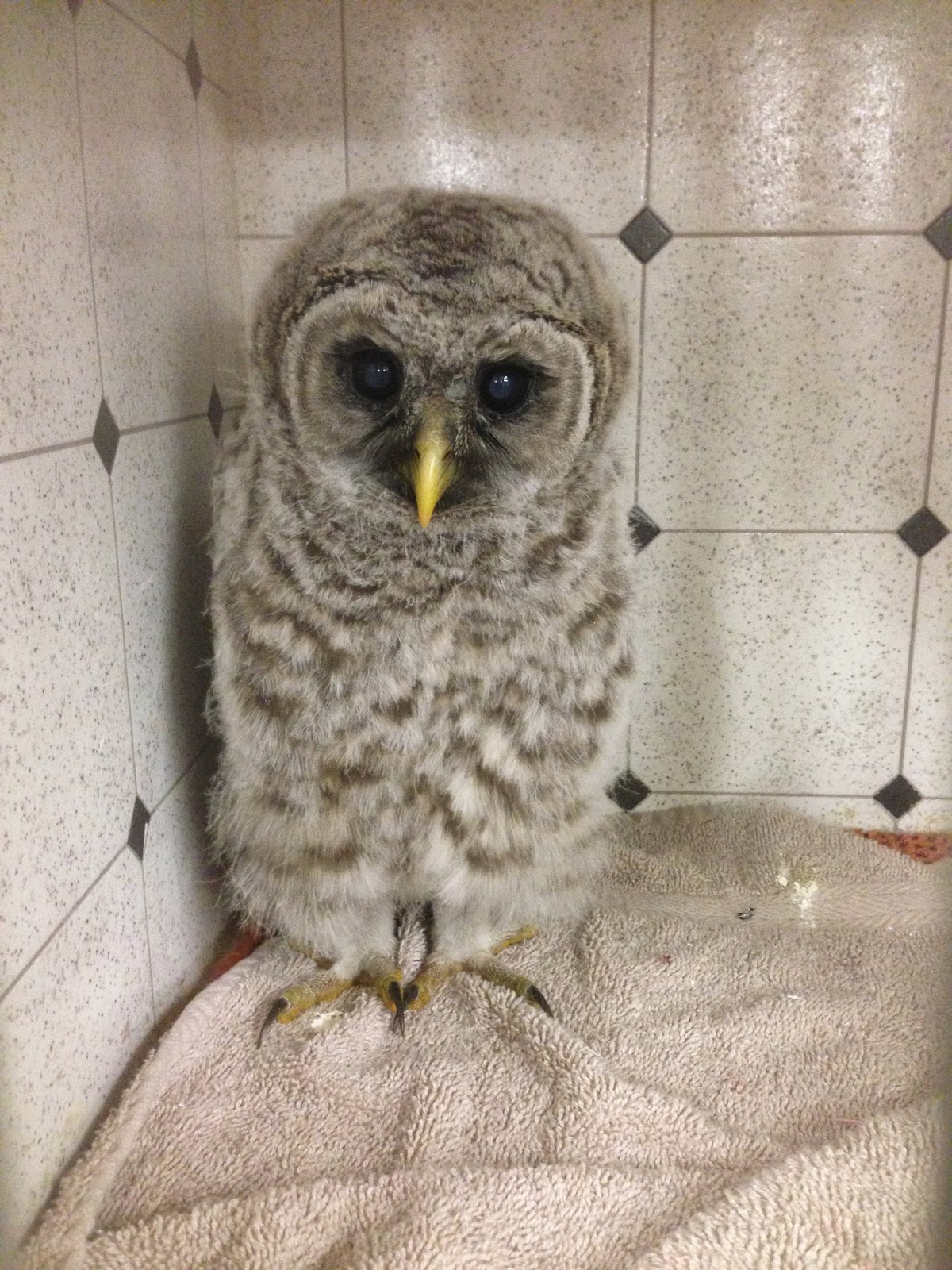Working at World Bird Sanctuary has given me so many memorable experiences!
I’ve had the chance to
dress up at a renaissance fair.
Doing shows in a dress was interesting and fun. I also got to visit many of the other
booths at the fair, and each had a lot to teach and show just as our World Bird
Sanctuary displays and presentations did.
I had the opportunity to
go to Keokuk, Iowa for the Iowa Department of Natural Resources Eagle
Days. Here we did shows in a movie
theater and made the front page of the local magazine. We also got to see dances the Native
Americans did to show their respect for the Bald Eagle. At the Eagle Days there was also a
group from an insect zoo. We
learned about different spiders, scorpions, and other sorts of bugs and creepy
crawlies.
My most recent trip was to
Minnesota. Here we did programs
for Carpenter Nature Center.
Carpenter Nature Center has a lot of the same goals as WBS. They are not as big as we are, so they
asked us to come out and help spread the word. Here I got to see how another nature center works. I had the opportunity to go
snowshoeing, see a wild Snowy Owl, and we got to eat in Wisconsin, so I can now
say I have been to both states. My
favorite part of this trip was seeing the wild Snowy Owl. Thanks to WBS I got to see an owl I
would not have normally seen in Missouri.
When I went snowshoeing we were looking for other owls that had been
seen in the area, such as Short- eared, Saw-whet and Long-eared Owls.
One thing that I’ve
learned from all this is that everyone has something to teach and there is
always something new to learn.
Though I went to these programs to teach the public about birds of prey
and how they can help our environment, I came home having learned so much about
so many other things.
It makes me happy and
excited that there are other people out there who work hard to teach others
what they have learned. If nobody
stood up for what they believed then we would lose a lot of what we have in this
world.
Submitted by Christina Rankin,
World Bird Sanctuary Naturalist





_-6.jpg)

































.jpg)


